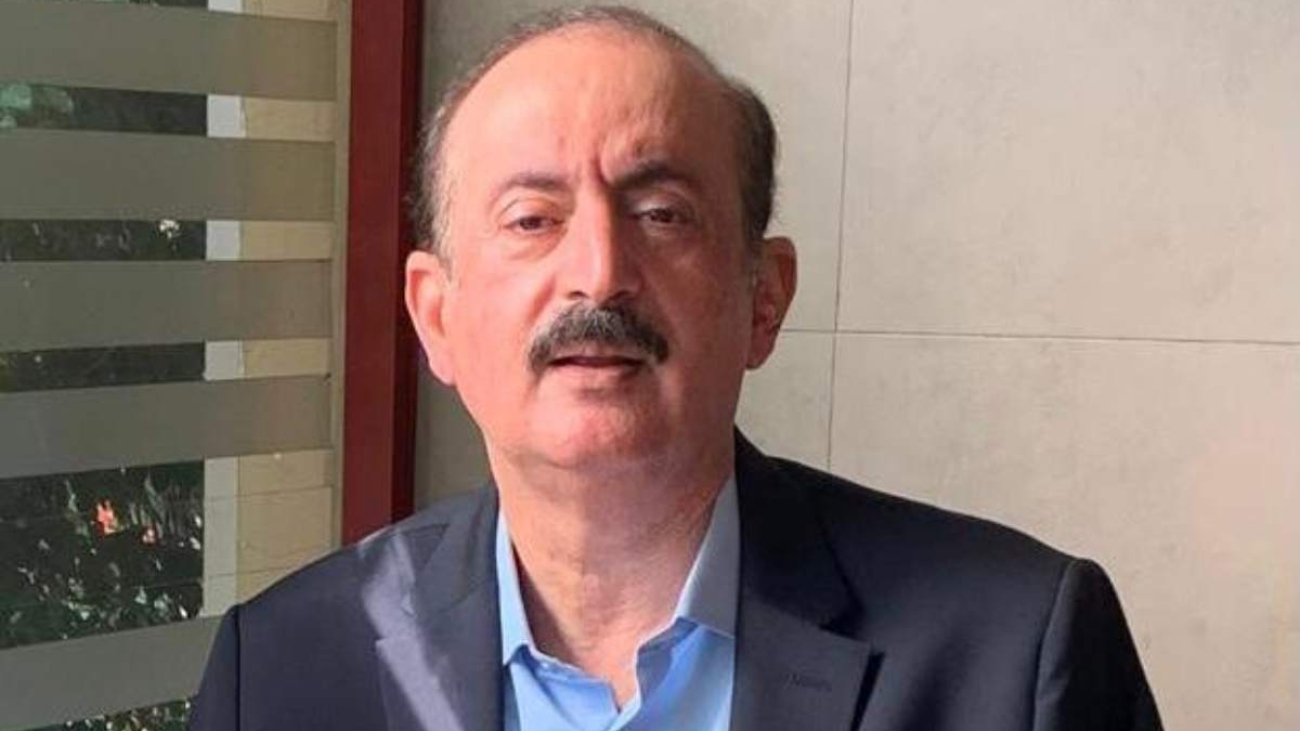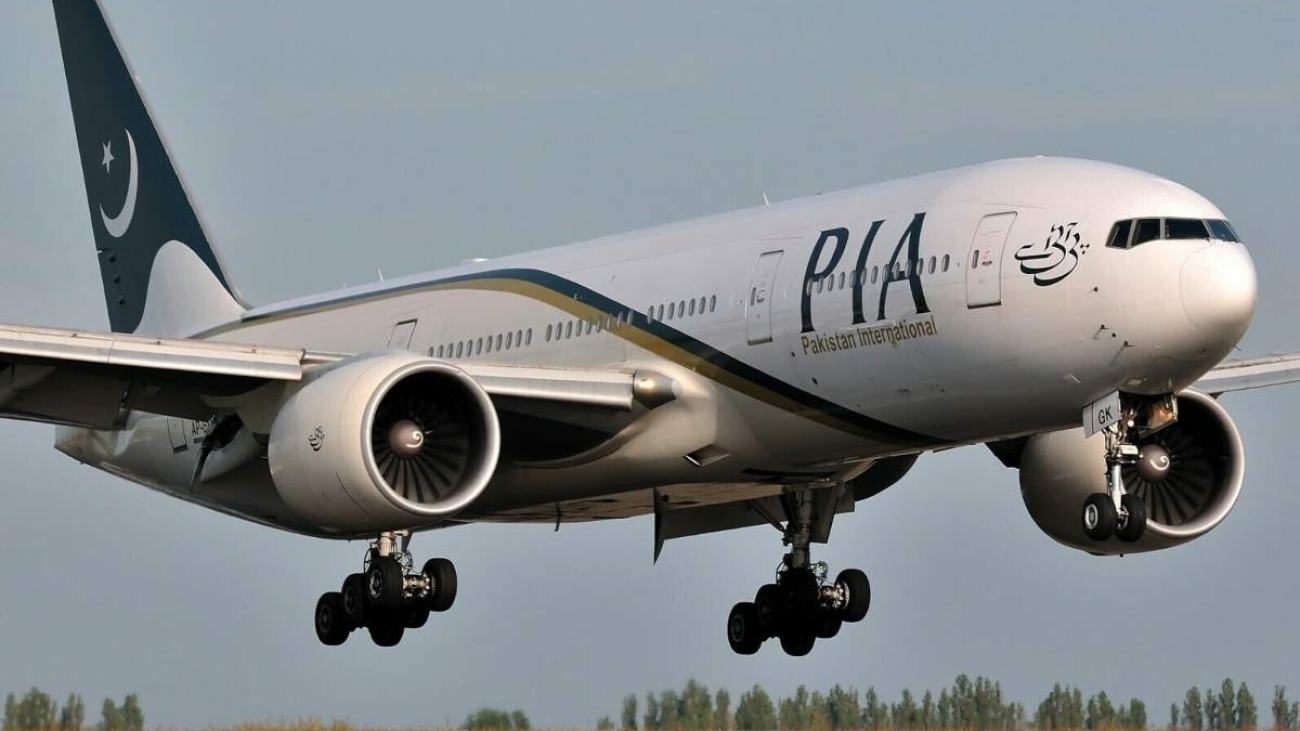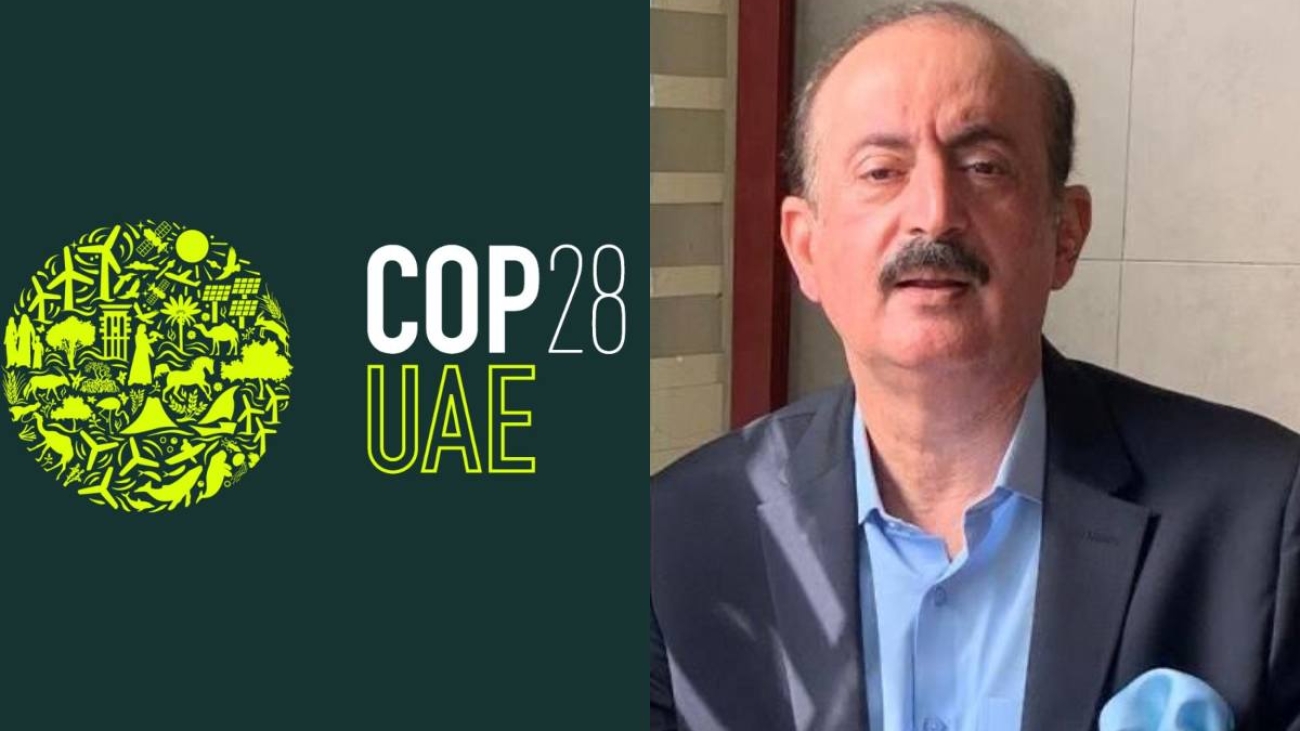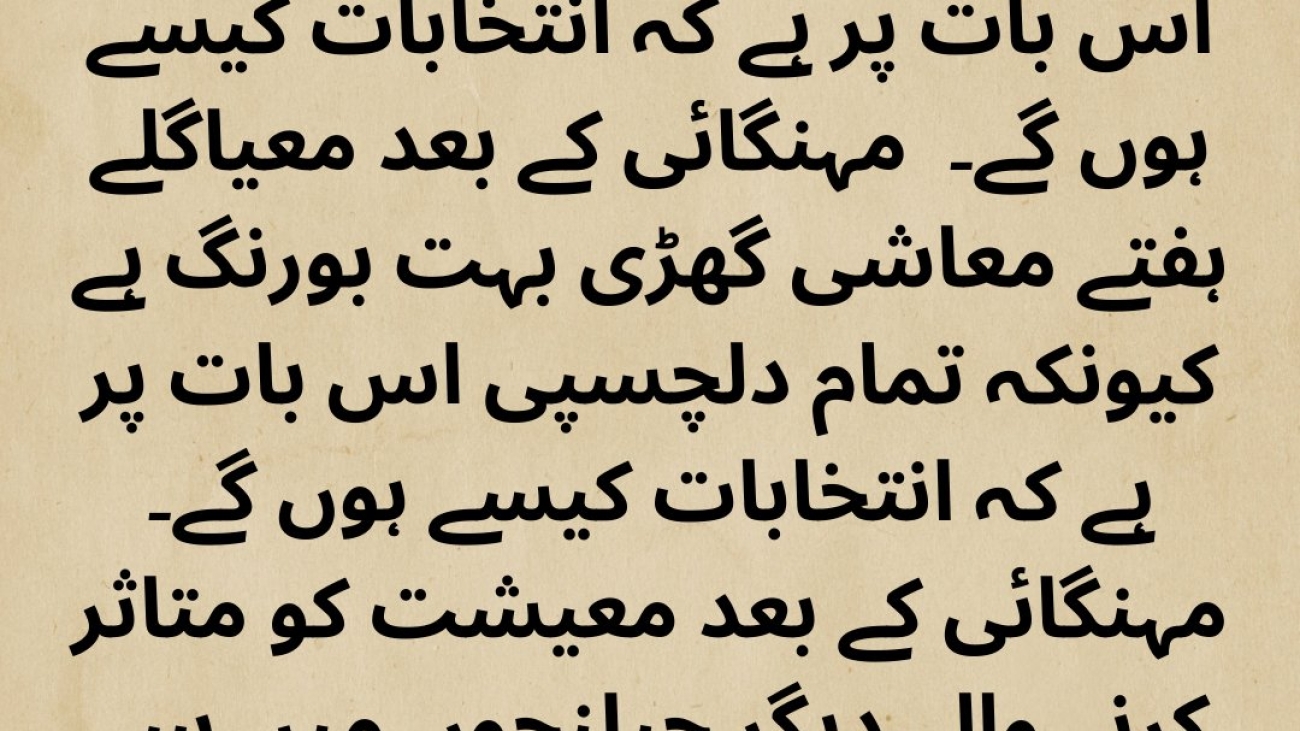“Don’t try to hit me and hit me.” Anyone who watched the movie Matrix will remember Morpheus’ line during Neo’s training. It underlines the difference between “Wish” & “Intent”. While every government wishes to have a strong currency & low-interest rates, this government is pursuing its intent to make it look real.
So while the odds are heavily against Rupee appreciation, that is what is happening. This is exactly what Tresmark’s previous weekly forecasted that the Rupee would appreciate once IMF goes back post-approval.
As soon as the staff-level agreement was announced with the IMF, the top machinery, including the PM, FM & Gov SBP came out with guns blazing & speaking all positives to reinforce the sentiment. The verbal intervention was accompanied by market tactics to bring down USDPKR. Allegedly, import payments were postponed, new LC issuance was restricted and oversight in market trading was intense.
This resulted in PKR reversing its 17-day losing streak and gaining from 288 to 286.50/$. This reversal has reintroduced exporters to sell forwards, even though forward premiums were down by 30% (1 & 3 months ended the week at 190 & 430 paisa). The market now estimates that the Rupee will strengthen to around 282/$, whereupon SBP will restart its dollar buying. Positive news flows like lending from multi-laterals & IMF BoD approvals will keep Rupee buoyant. Some of the positives announced are:
Highlights of announcements
– CAD for Oct projected to shrink to $100mn
– Consolidation for Forex reserves from $8.5bn in Feb ‘23 to $12.5bn (current)
– Inflows from WB, ADB, and AIIB of approximately $1.2bn before year-end
– Hopeful of more inflows from Saudi & UAE
– Uptick in RDA inflows
– Higher exports & remittances
– Further cut of 50 bps in TBills, as per the latest auction
– Inflation to sharp contract from Jan onwards due to tight monetary policy and base effect; interest rates are positive on a forward-looking basis
– Easing of Brent Oil from $97 to $80 (17%) in the last 20 days.
Global risks are immense
It’s too early to claim success. The geopolitical risks in the region are substantial, the US fiscal crisis is a global threat, highly likely chances of recession in Europe, the UK, China and swathes of emerging markets where sovereign debt trades at distressed levels, the Ukraine/Russia conflict and China’s epic property/debt crises will keep markets on their toes.
Domestic reforms are still slow
The real disappointment is still the slow progress of reforms within the country, which includes low productivity, low tax to GDP, fiscal mismanagement, energy reforms, privatisation of loss-making SOEs, etc. No amount of verbal intervention and optics management will improve the country’s financial health. With less than 3 months to the next elections, we can hear investors say, “Welcome to the real world.” (Morpheus – Matrix)
Read More: Fuel offer controversy deepens amid Gaza hospital crisis








